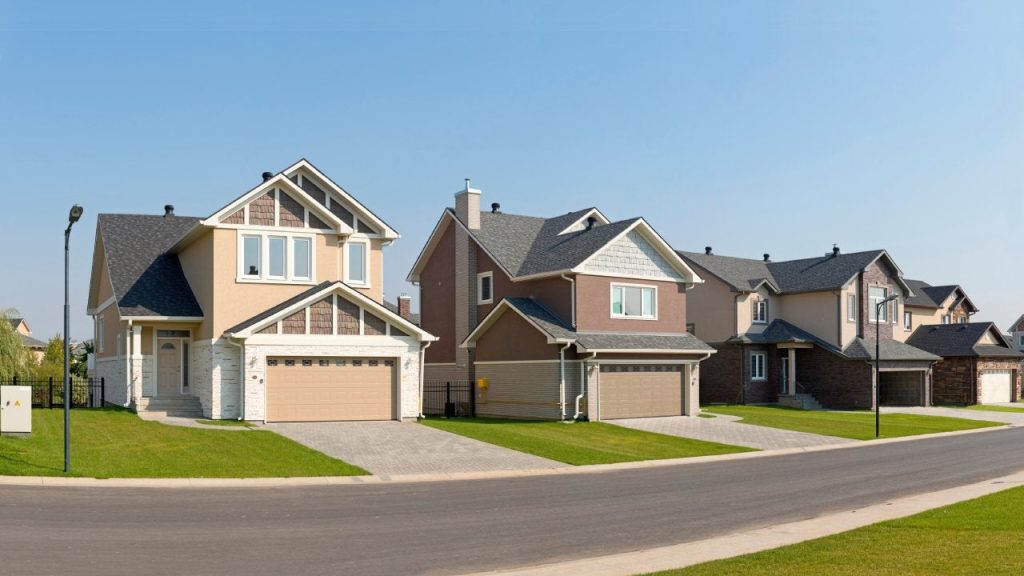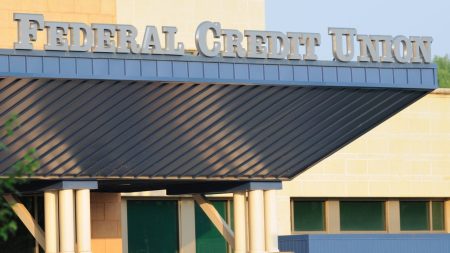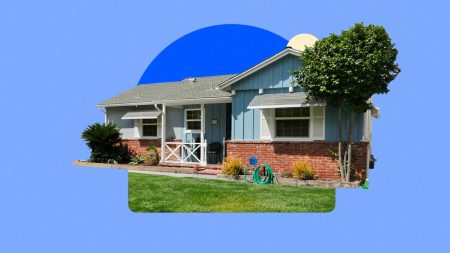IP Galanternik D.U./Getty Images
Key takeaways
- A 10/1 adjustable-rate mortgage has a fixed interest rate for the first 10 years, then it changes annually for the remainder of the 30-year term.
- The interest rate on a 10/1 ARM is composed of a margin rate and an index rate, which can cause it to rise or fall depending on market trends.
- A 10/1 ARM may be a good choice for those who plan to sell their home within the first 10 years of the loan.
What is a 10/1 ARM?
A 10/1 adjustable-rate mortgage (ARM) is a type of 30-year mortgage. For the first 10 years, the interest rate is fixed. Then, for the next 20 years, the interest rate can increase or decrease once a year depending on the formula stated in the loan agreement. This is what the “10” and the “1” refer to in the name of the mortgage.
Many adjustable rate mortgages (ARMs) start out with a fixed interest rate and then shift to a variable interest rate. A 10/1 ARM is one example of this type of mortgage.
Keep in mind:
ARMs are in contrast to the more traditional fixed-rate mortgage, which keeps the same interest rate throughout the entire repayment period.
Some mortgages have the same mix of fixed and variable rates, but swap from one to the other after a different initial period, or have more variable interest rates. A 10/6 ARM, for example, adjusts every six months after the initial period, not every year.
How does a 10-year adjustable-rate mortgage work?
A 10/1 ARM is a hybrid mortgage — that is, a mortgage with a fixed and a variable period. For the first 10 years, the borrower pays the same interest rate on the loan. After that, the rate can fall or rise, depending on interest rate trends.
ARM interest rates are composed of two parts. There is a “margin” rate, which is a base rate that always stays the same. Added to this is an “index rate,” which will go up or down depending on prevailing interest rates.
Some ARM lenders offer limits as to how much your interest rate can increase during the variable period. You’ll often see this stated as three numbers — 2/2/5, for example. Each number represents the maximum increase over your initial rate your lender is allowed to charge at various points in your mortgage:
- The first number is the maximum increase allowed when your lender first adjusts the rate (that is, after 10 years with a 10/1 ARM).
- The second number is the maximum your rate can increase each time your lender adjusts the rate. With a 2/2/5 ARM, if you are at 6 percent, your lender can’t raise this above 8 percent in one step.
- The final number is the maximum your lender will ever charge in interest, again above your initial rate. If you have an initial rate of 5 percent, and have a 2/2/5 ARM, that means you will not pay more than 5 points more or 10 percent interest.
Example of a 10/1 ARM
Here’s what payments could look like for a 10/1 ARM. Let’s say you take out a mortgage for $320,000 at an initial interest rate of 7 percent. Your monthly payment for the first 10 years would be $2,128.97.
Your adjustable-rate mortgage has an interest rate cap of 12 percent. The rate is expected to go up about 0.25 percent during each adjustment period. During the first adjustment period, the interest rate increases to 7.25 percent. This makes your monthly payments for the next year increase to $2,177.25. The next year, the interest rate increases again by 0.25 percent, making the monthly payments for that year $2,224.73. If the interest rate reaches its maximum, the highest monthly payment would be $2,856.58.
To understand other 10/1 ARM scenarios, use Bankrate’s mortgage calculator.
Current 10/1 ARM rates
If you’re in the market for a 10/1 ARM, start by shopping around with lenders and comparing offers to get the most competitive rates available. Interest rates vary from one lender to another, and even a small difference can end up saving you thousands of dollars over the life of the loan.
10/1 ARM requirements
Qualifying for a 10/1 ARM typically involves meeting many of the same requirements as a traditional fixed-rate mortgage. Lenders will look at things like your credit score, income, total current debt, and how much of a down payment you plan on paying to assess your risk level and eligibility.
What are the pros and cons of a 10/1 ARM?
A 10/1 ARM has pros and cons, just like any mortgage, including:
Pros of a 10/1 ARM
- Cheaper at first: The big benefit of a 10/1 ARM is cheaper initial monthly payments compared with a 30-year fixed mortgage.
- More house, better spot: The lower payment means you can borrow more to get a larger or better-located house.
- Loan might get even cheaper: If interest rates decline when your fixed period is up, your monthly interest payment will also fall and potentially during resets in the years to come.
Cons of a 10/1 ARM
- Could cost much more in the long run: The big risk of the 10/1 ARM is getting higher rates after the fixed-rate period ends. If rates have risen, your payment will increase, potentially putting a big dent in your finances.
- Added complexity: Adjustable-rate mortgages have more parts than a fixed-rate one. Rate caps, indexes, resets — this can be tough for the average homeowner to navigate.
- Interest-only lure: Some ARMs let you make only interest payments and not principal in the initial period. That can allow you to stretch your budget and lower your payment, but after the fixed period, your payments will be higher to include the principal payments you missed. If home values fall dramatically, as they did in 2007-2009, you might find yourself underwater on the loan — that is, owing more money than your home is worth.
10/1 ARM vs. other loan types
A 10/1 ARM is similar to some other hybrid mortgages. The main difference between a 10/1 ARM and other hybrid mortgages is how long your fixed interest rate will last for, and how frequently your interest rate can be adjusted afterward.
- 10/1 ARM vs. 5/1 ARM. A 5/1 ARM works in much the same way as a 10/1 ARM, but the initial, fixed-rate period is shorter — just five years. Generally, the interest rate on the 10/1 will be a little higher than the 5/1. Ten years is as long an initial period as is available for a conventional adjustable mortgage.
- 10/1 ARM vs. 30-year fixed rate mortgage. A fixed rate mortgage has the same interest rate for the entire loan term — normally 15 or 30 years. A fixed-rate mortgage gives you the certainty that your rate will never go up, but it’s possible that you could pay less if you take out an ARM and interest rates drop. Ultimately, if you can lock in a lower interest rate and you expect to be in the home for less than a decade, the 10/1 ARM can be a smart move.
What borrowers should know about 10/1 ARMs today
Whether a 10/1 ARM is right for you largely depends on the initial interest rate you can negotiate, and how long you plan to stay in your house. Interest rates for 10/1 ARMs are generally lower than fixed-rate mortgages’ because your lender can adjust your interest rate after the first 10 years.
If you plan on moving or refinancing your home within the first decade, then a 10/1 ARM might be a good option: You’ll reap the benefits of a lower starting rate during your first ten years and then be able to explore other financing options before your rate potentially increases. If rates drop sooner, refinancing even before that adjustment period begins could mean locking in an even better deal.
ARM FAQ
Read the full article here









